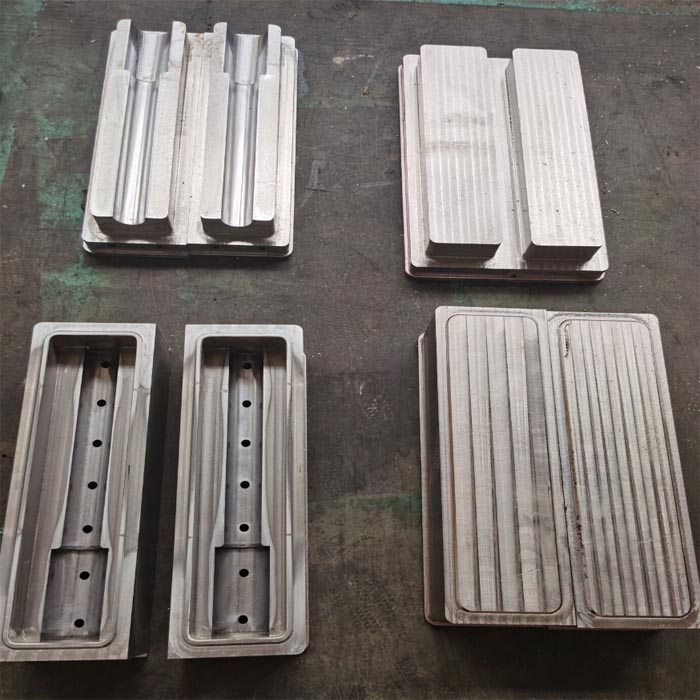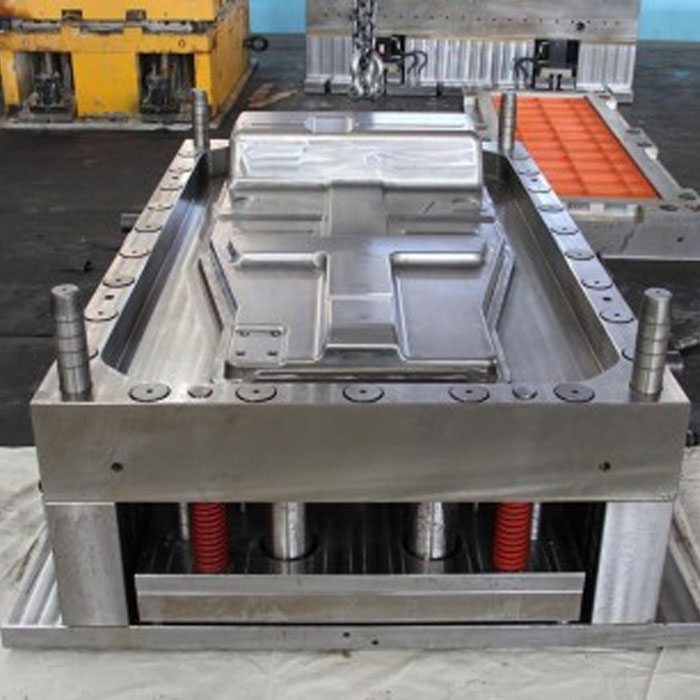Over the years, compression molding has been used to form various products, such as body panels, household appliances, and industrial fixtures. Metal stamping dies are heavy and expensive to produce. Composite materials provide a cost-effective way for anyone to mass-produce the same parts themselves. Composite molds depend on the industry and application. For example, high-end alloy molds are commonly used in the aerospace industry, while manufacturers of boats and wind blades usually use FRP molds.
The manufacture of composite molds depends on many factors, including:
Number of parts made with mold
Tool life
cost
Final product specifications, tolerances and surface finish
material selection
Productivity and delivery deadline


Before starting the mold manufacturing process, the following factors need to be considered:
Surface requirements-gloss, contour and texture of the final part.
Expected quantity – Is the application prototype (1-5), small batch (20-50), medium-sized (a few hundred) or high-volume (a few thousand)?
Number of molds-the expected number determines the number of molds required.
Accuracy-Parts are often connected together, so accuracy is the key.
Durability-usually depends on the steel, the raw materials of the parts, and simple design modifications can also reduce the wear and damage of the mold surface.
Lead time-the time required to design and manufacture one or more molds.
Cost and budget
Compared with metal parts, advanced composite materials generally have many advantages, including light weight, high strength, high rigidity and corrosion resistance, depending on the type of composite material. The parts produced by composite molds can be more complex, and inserts and stiffeners can be added.
Most fiber types can be used in composite molds, including glass fiber, aramid fiber, standard modulus carbon fiber, and all other grades of carbon fiber. When it comes to resins, two broad categories can be used: thermosetting resins such as epoxy resins and cyanate esters; and thermoplastics such as PEEK and PEI
MB/Wechat/Whatsapp:+0086-13456489912
sophiemould@foxmail.com


Post time: Aug-27-2021
